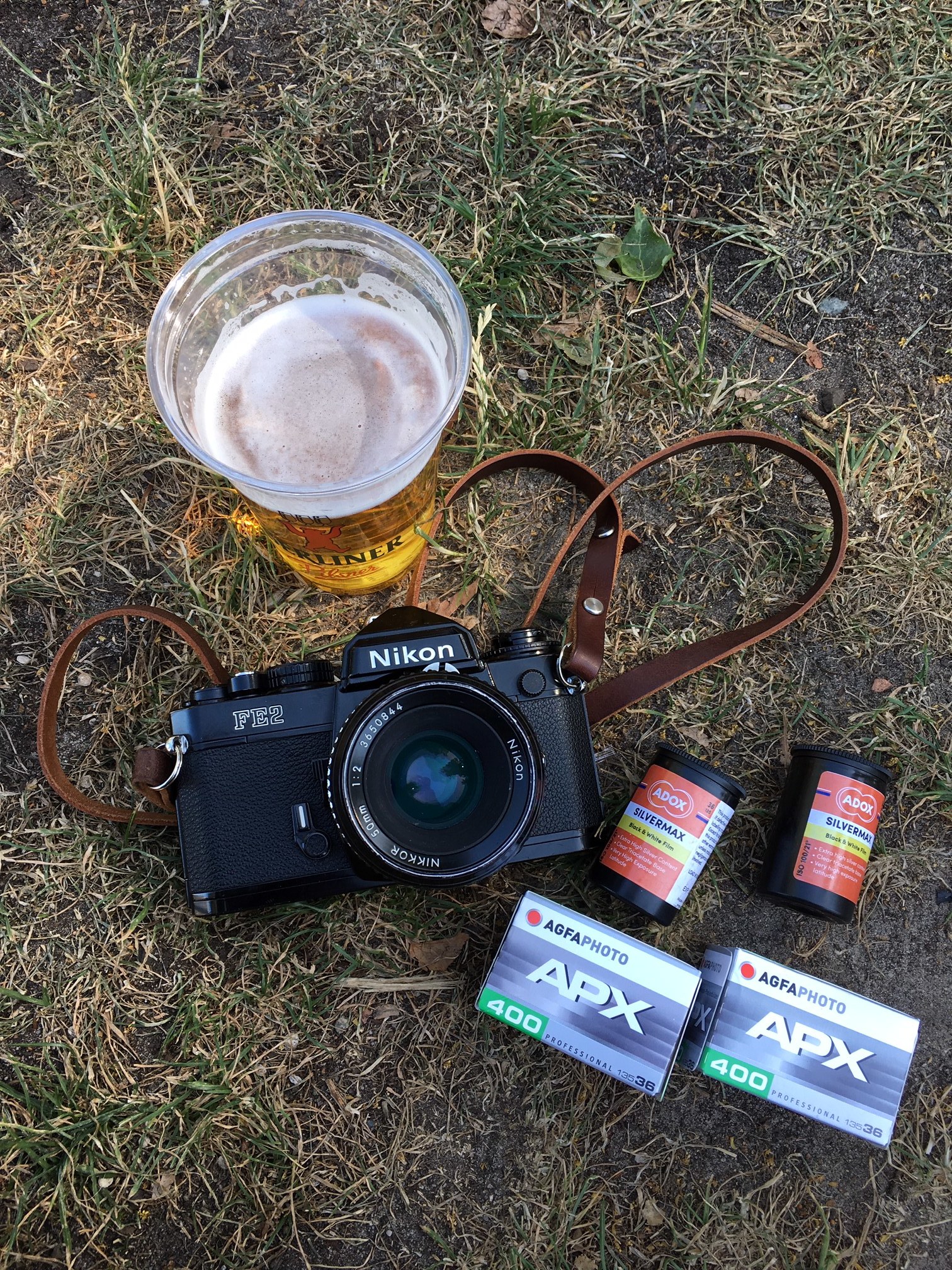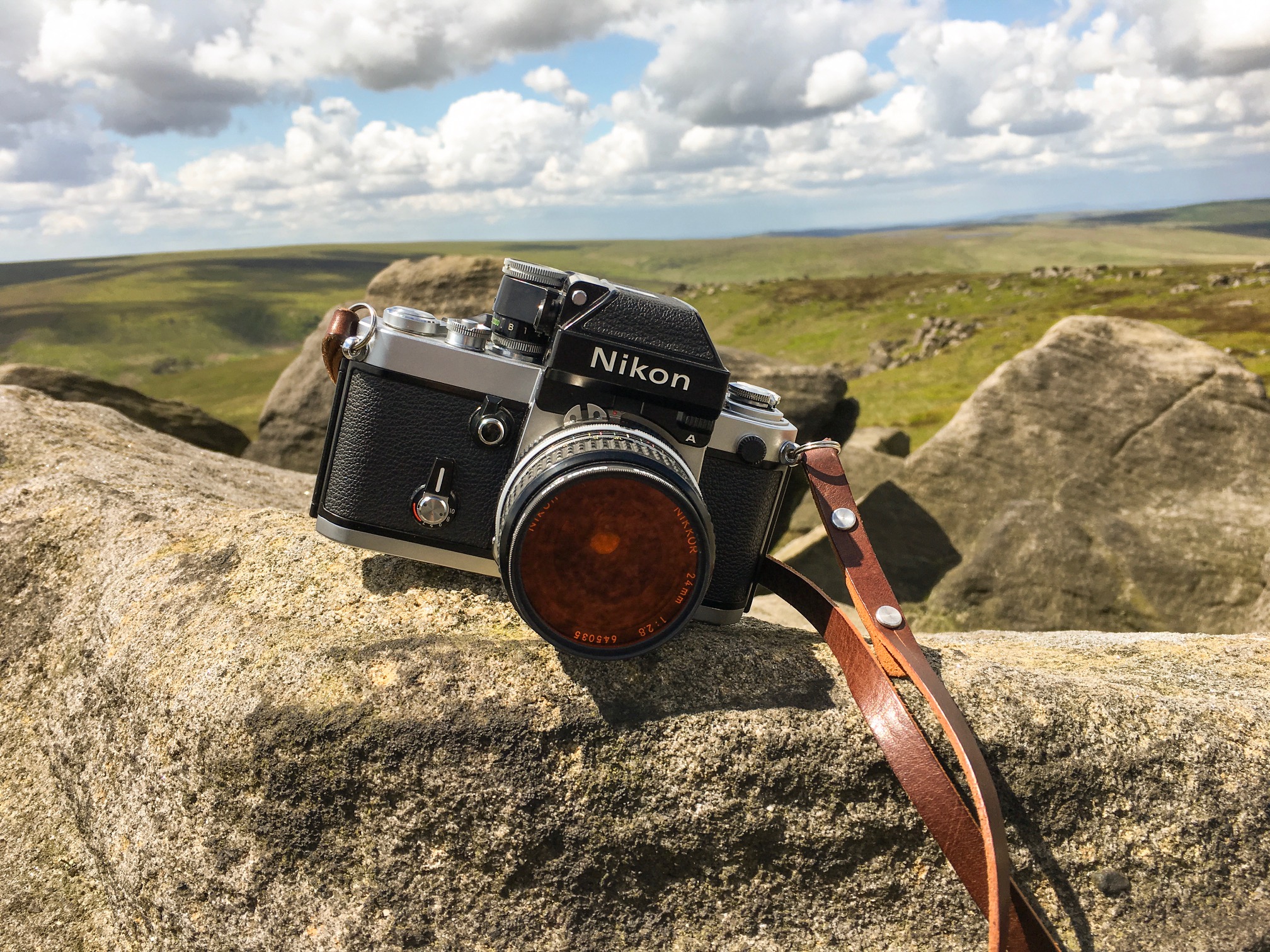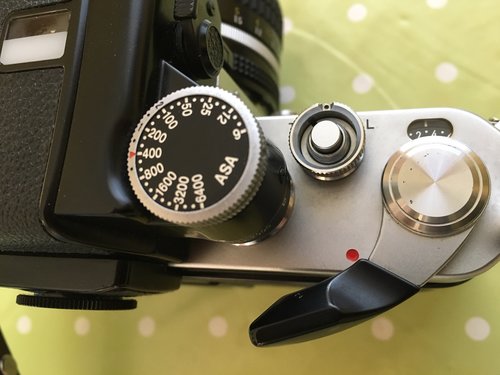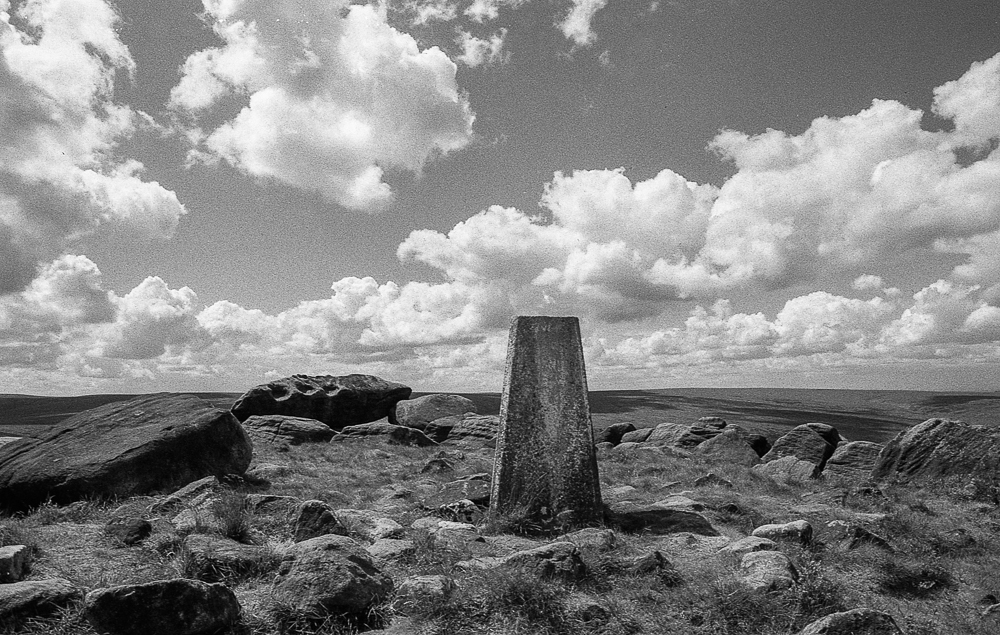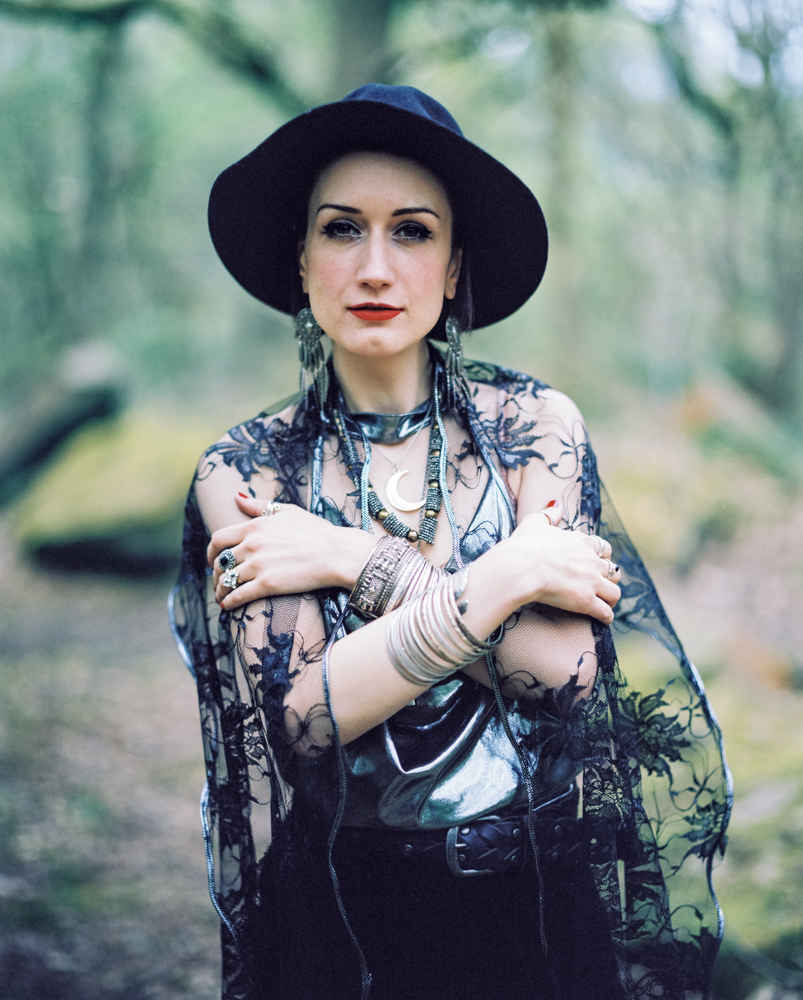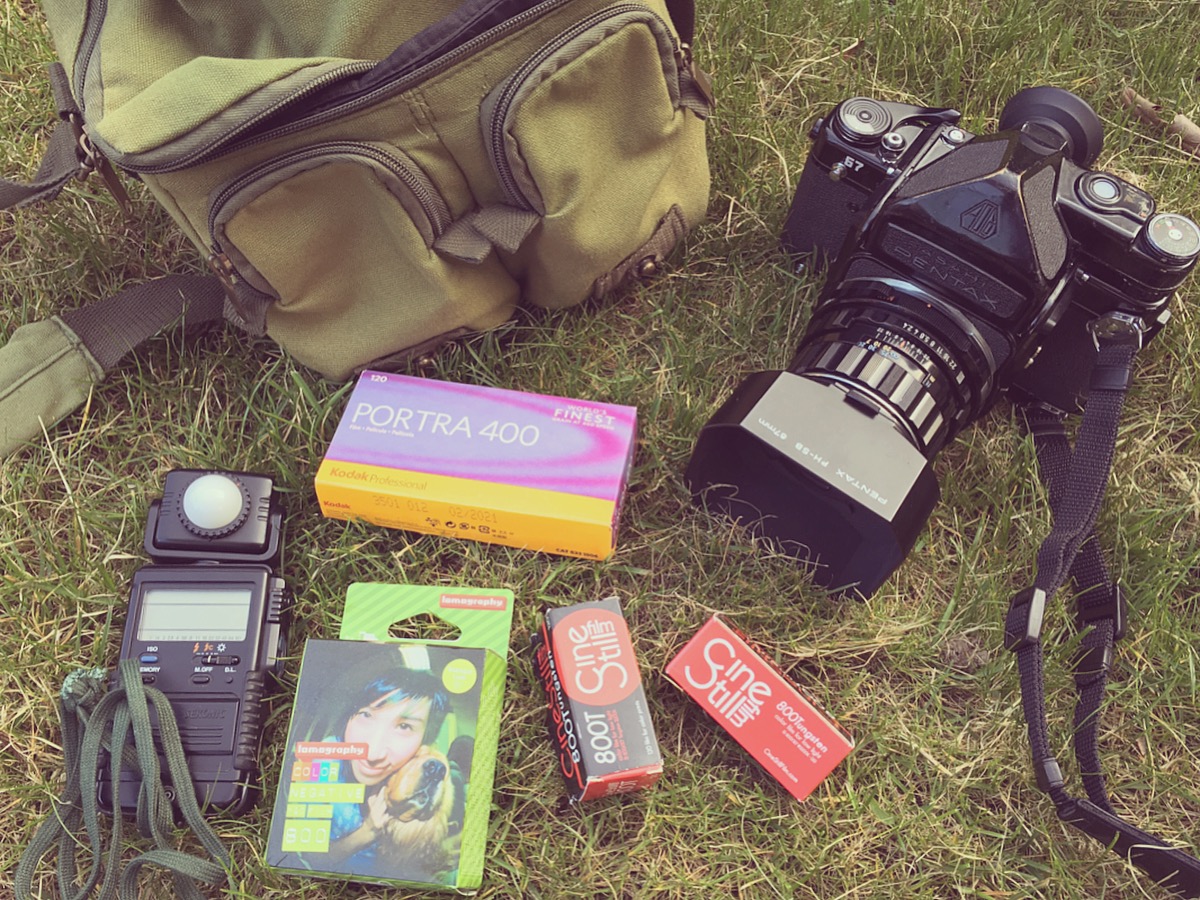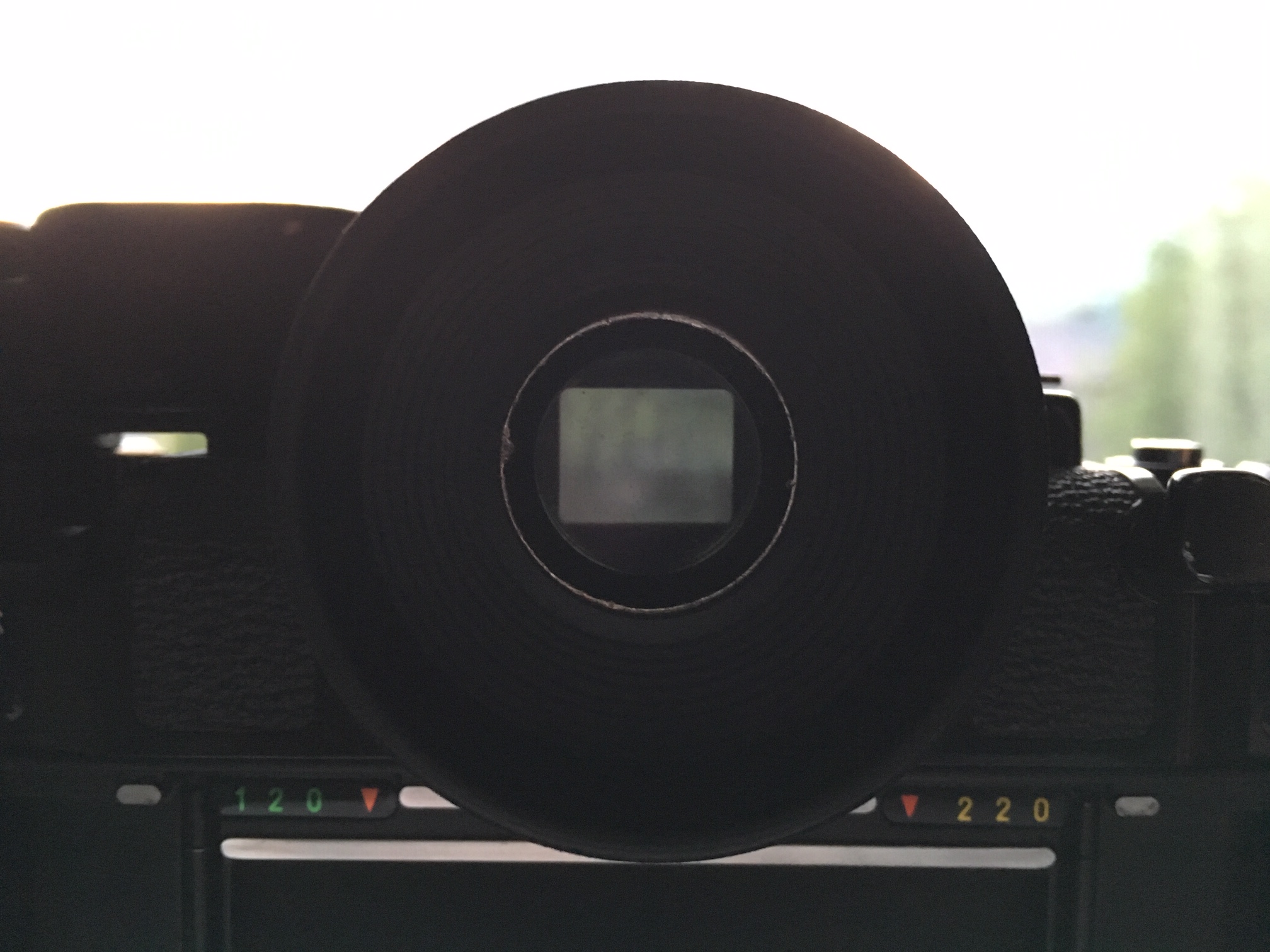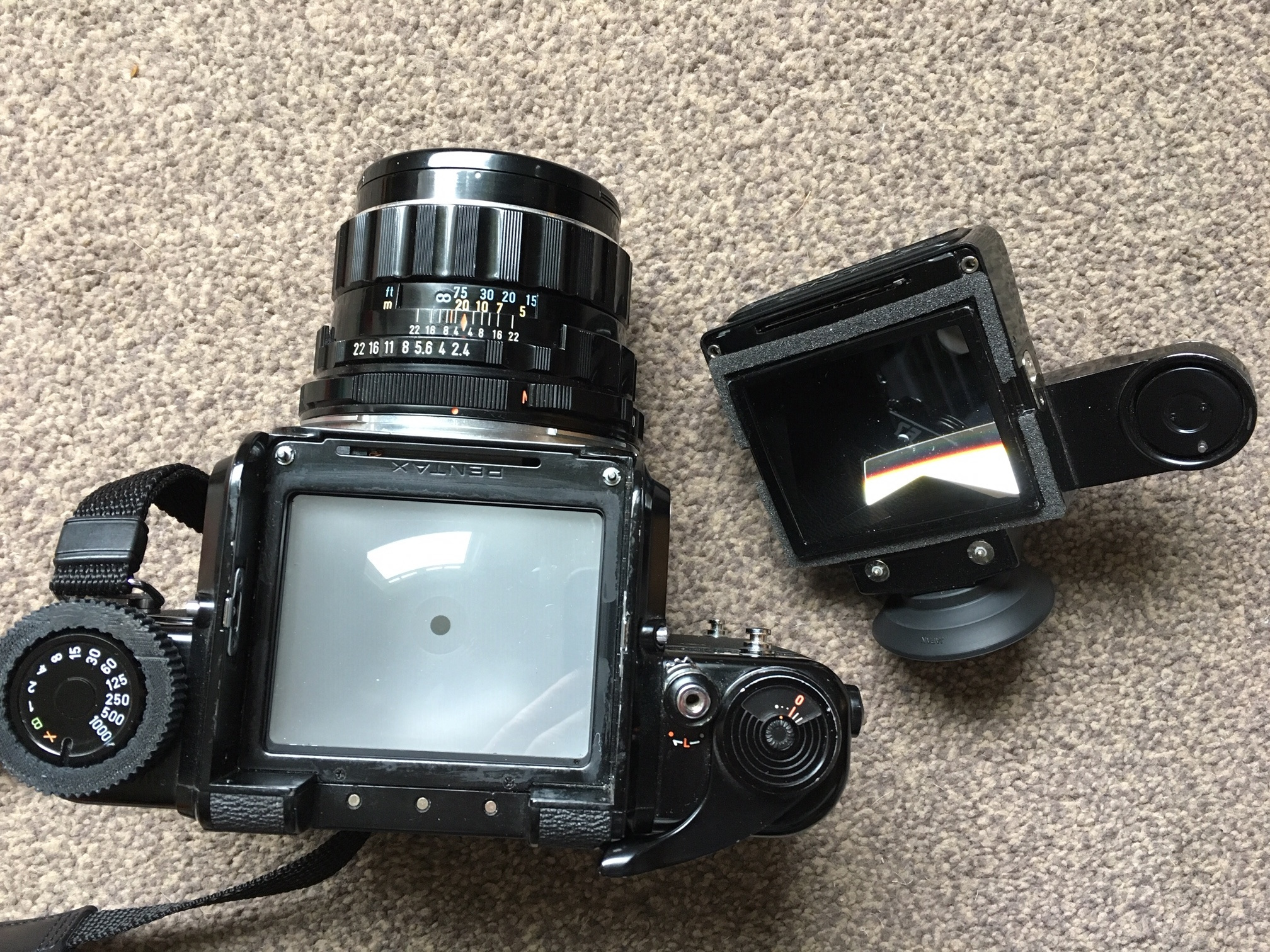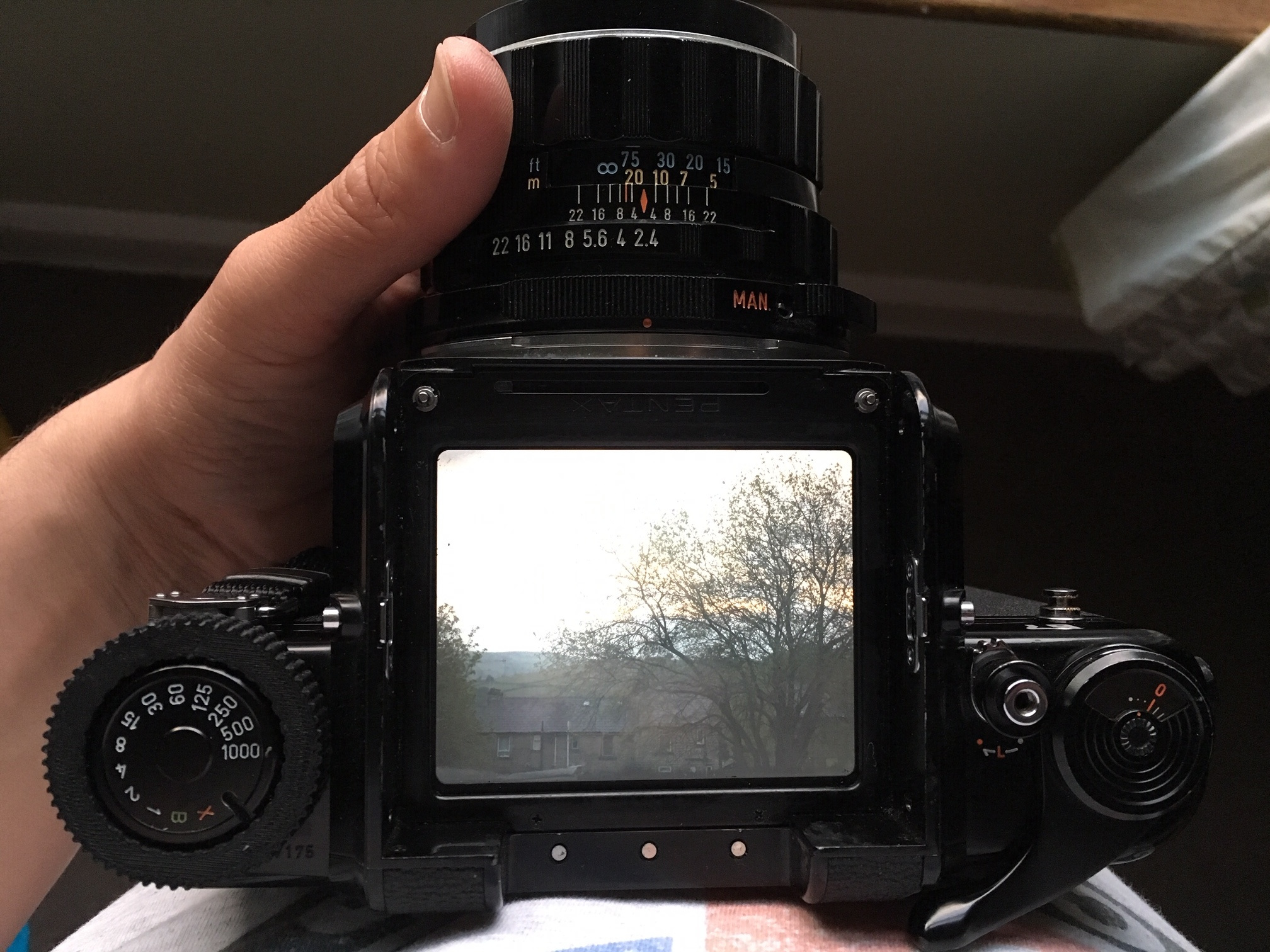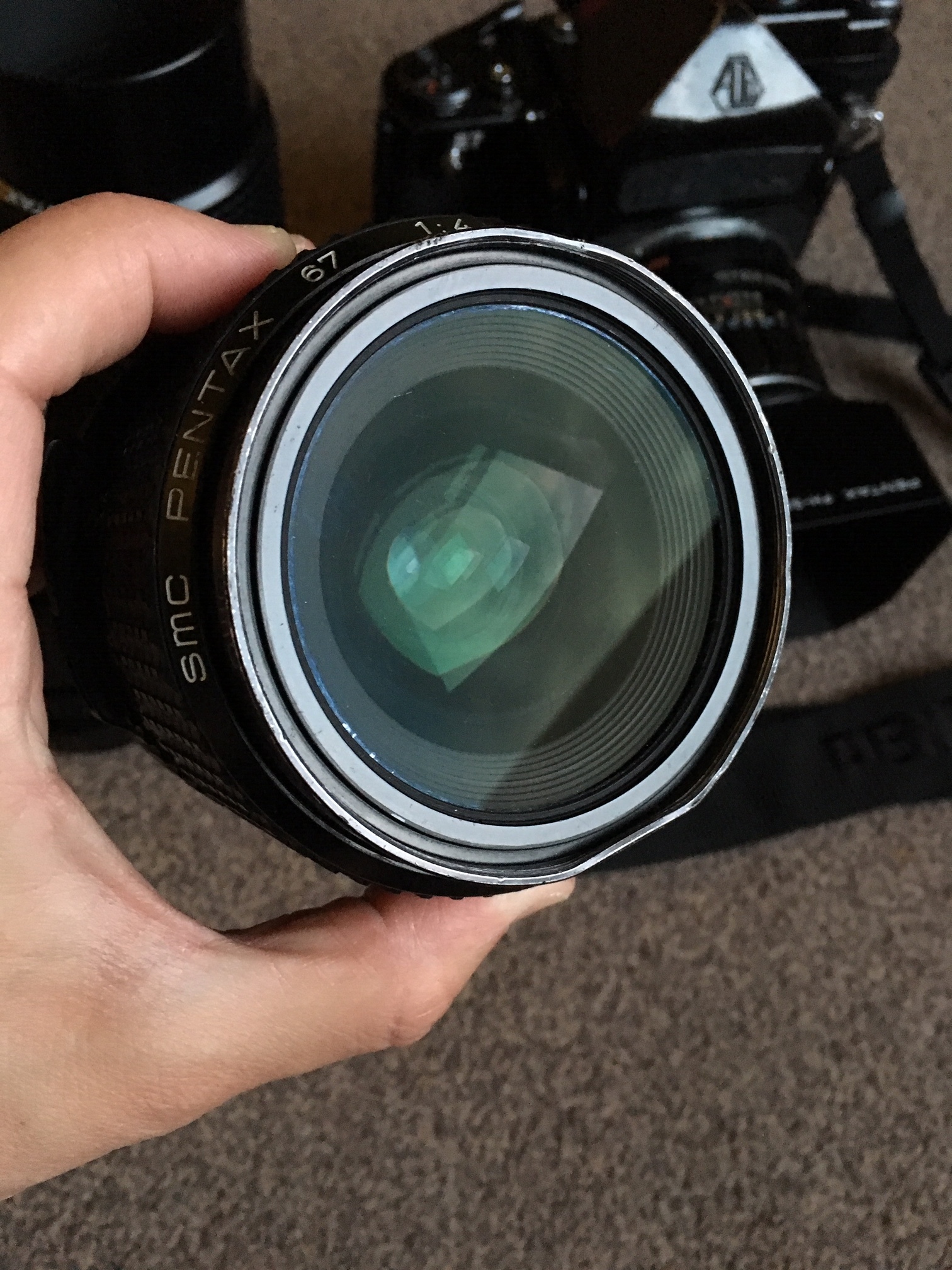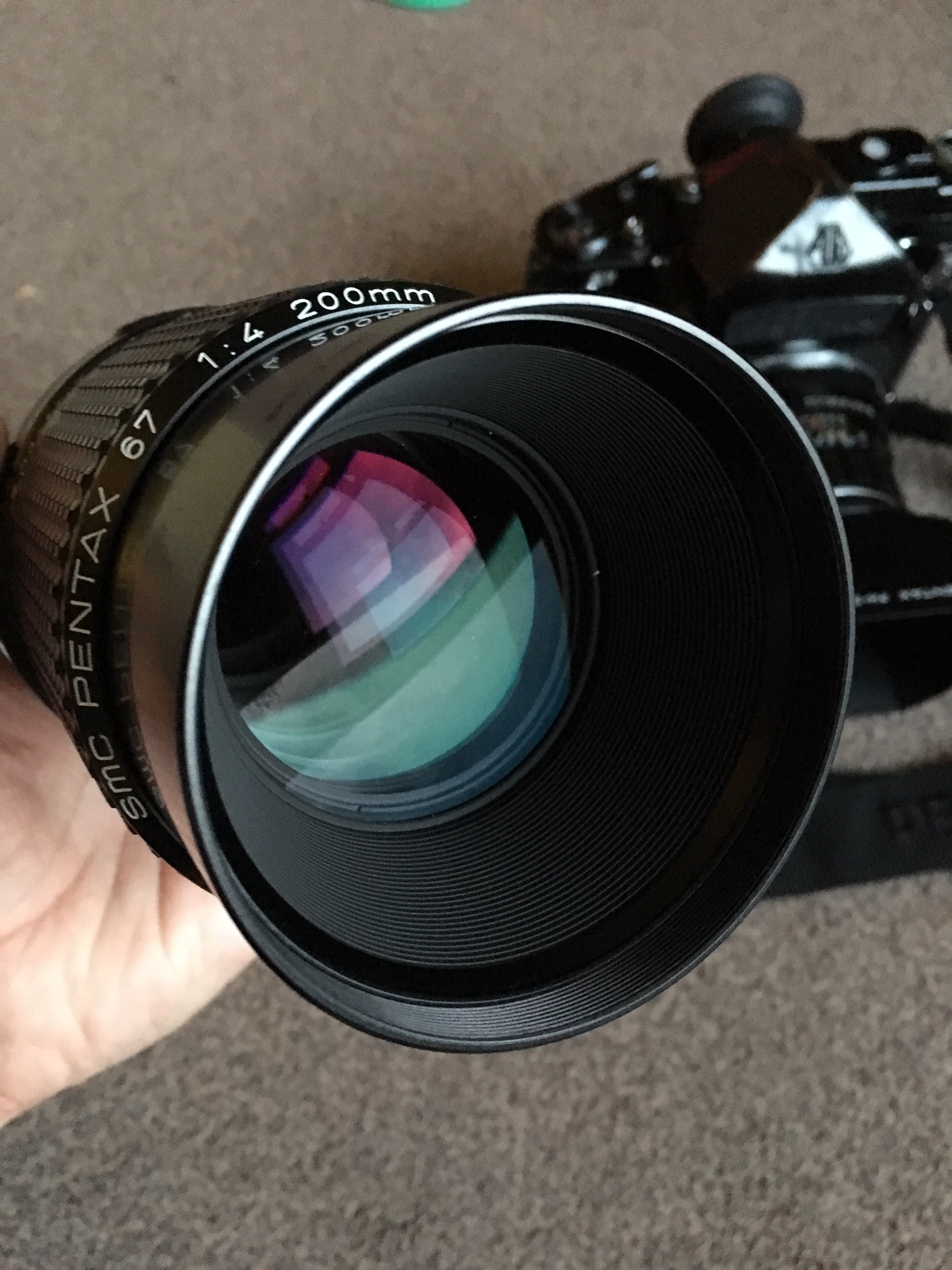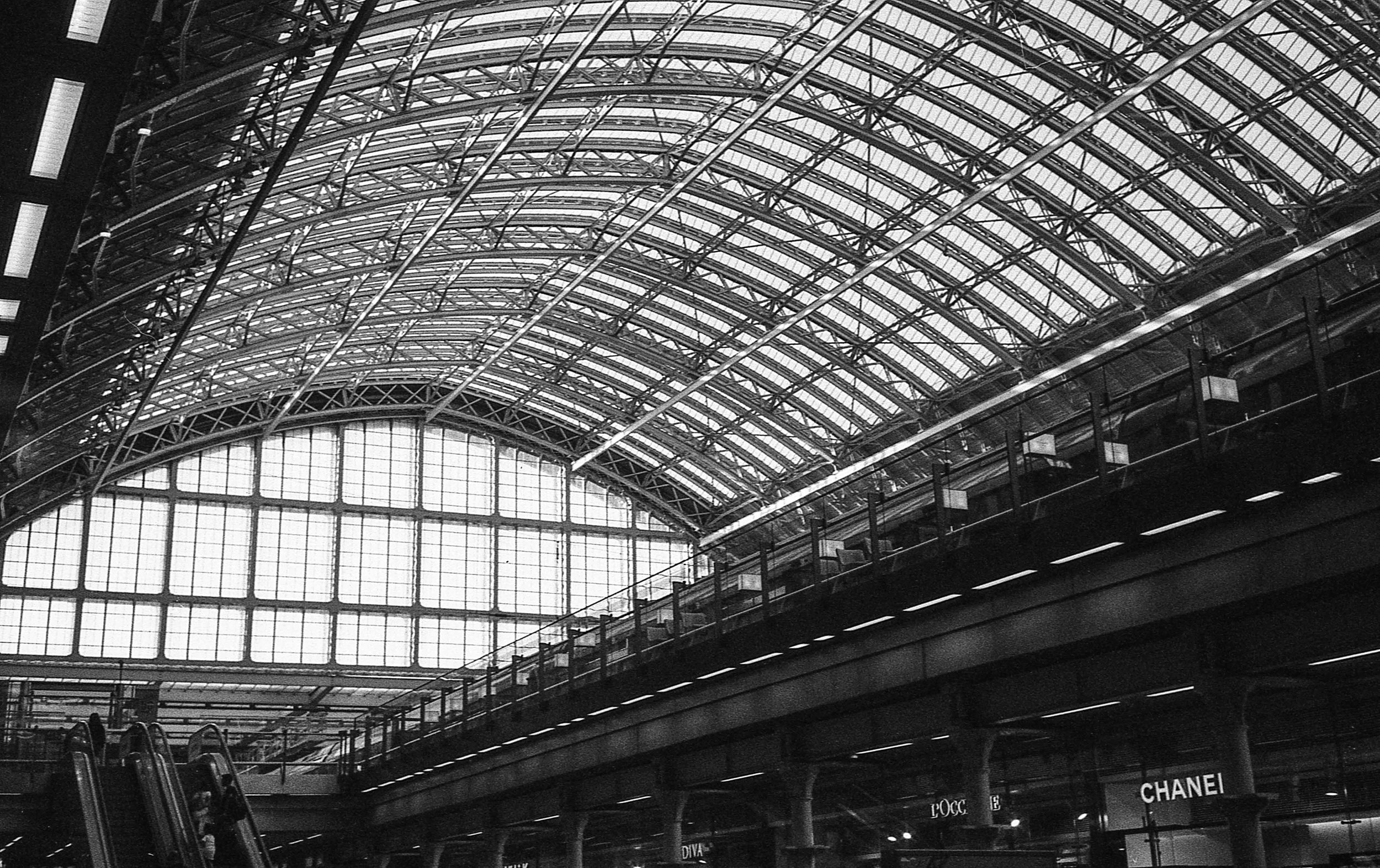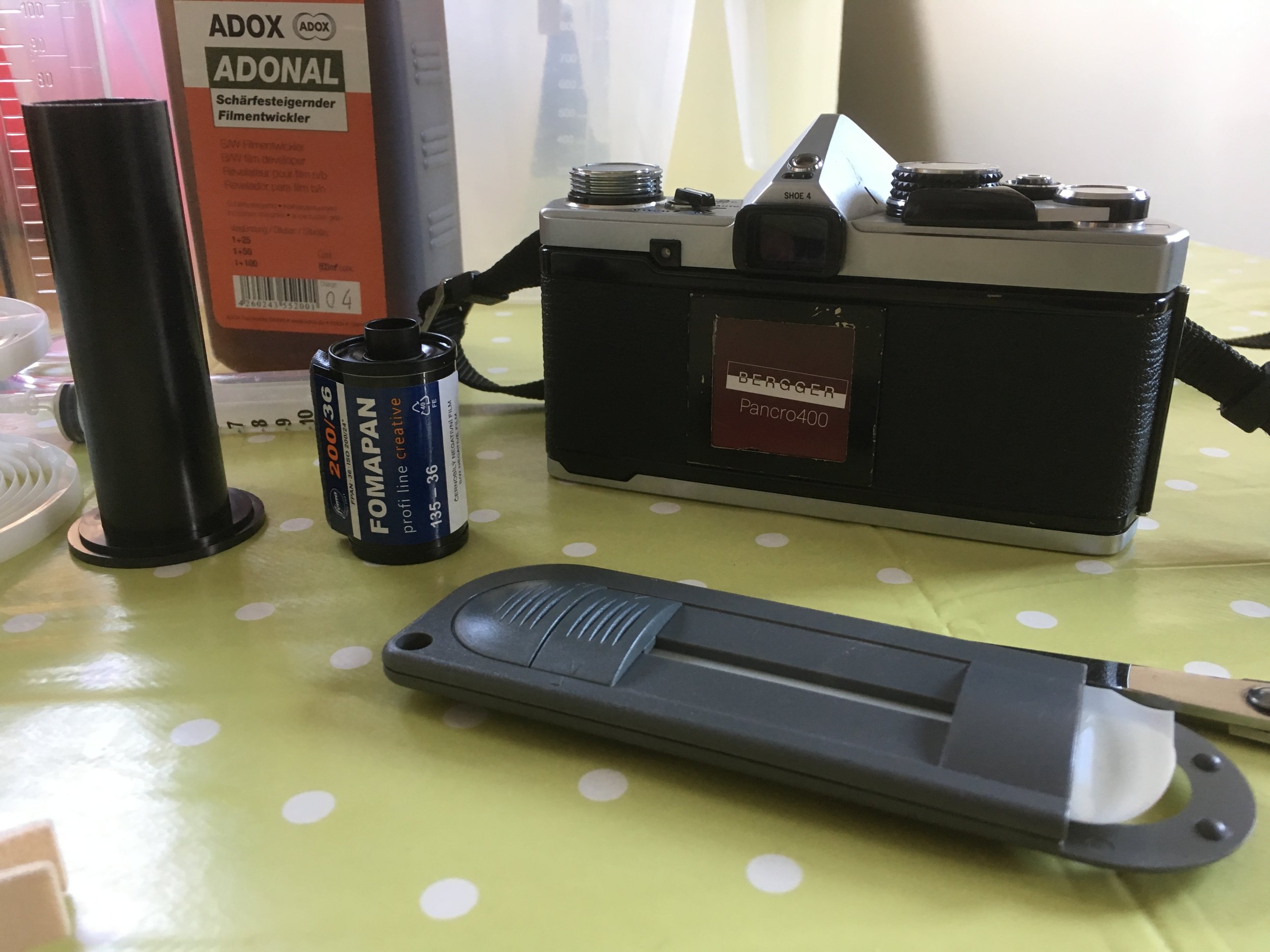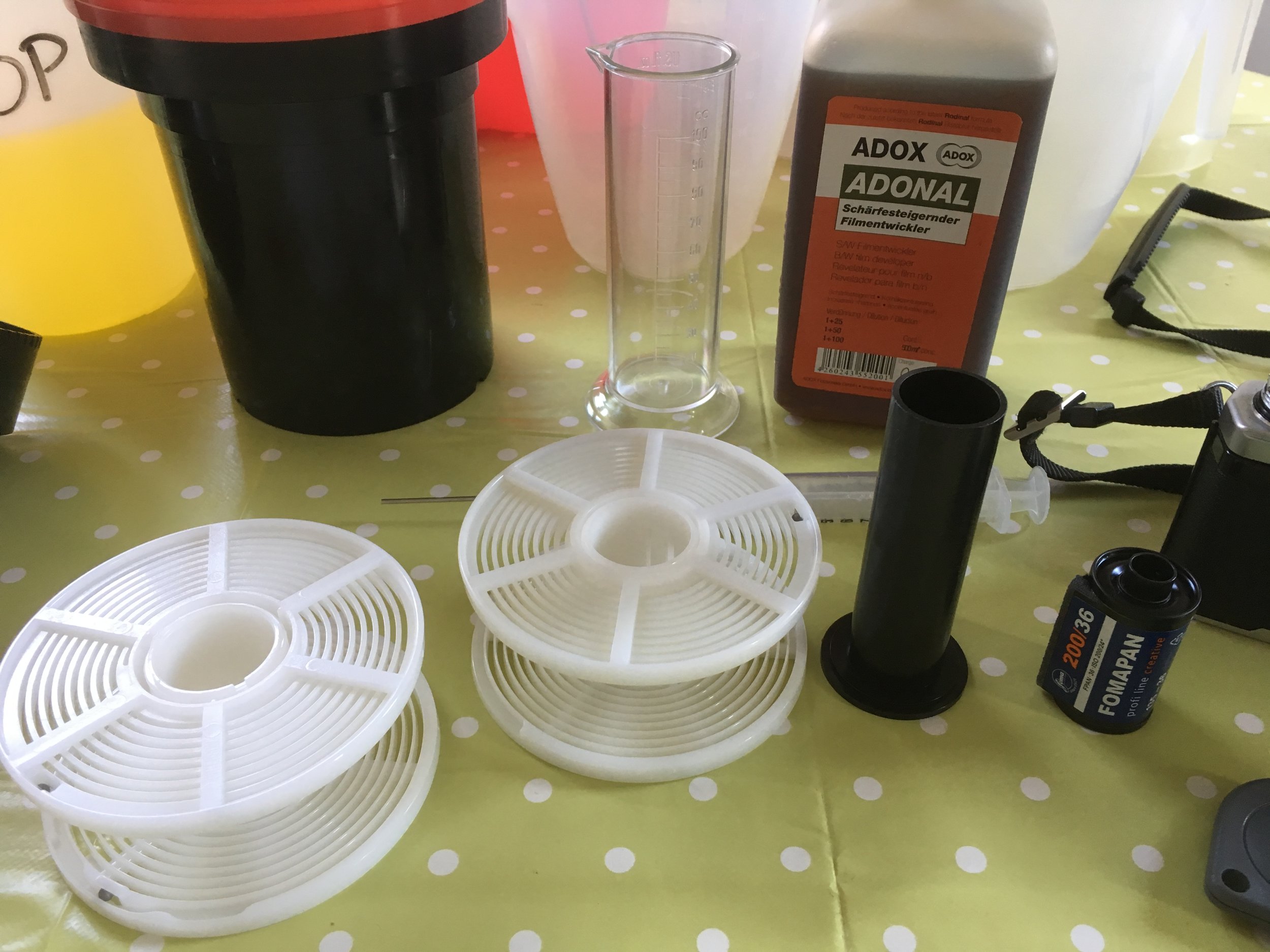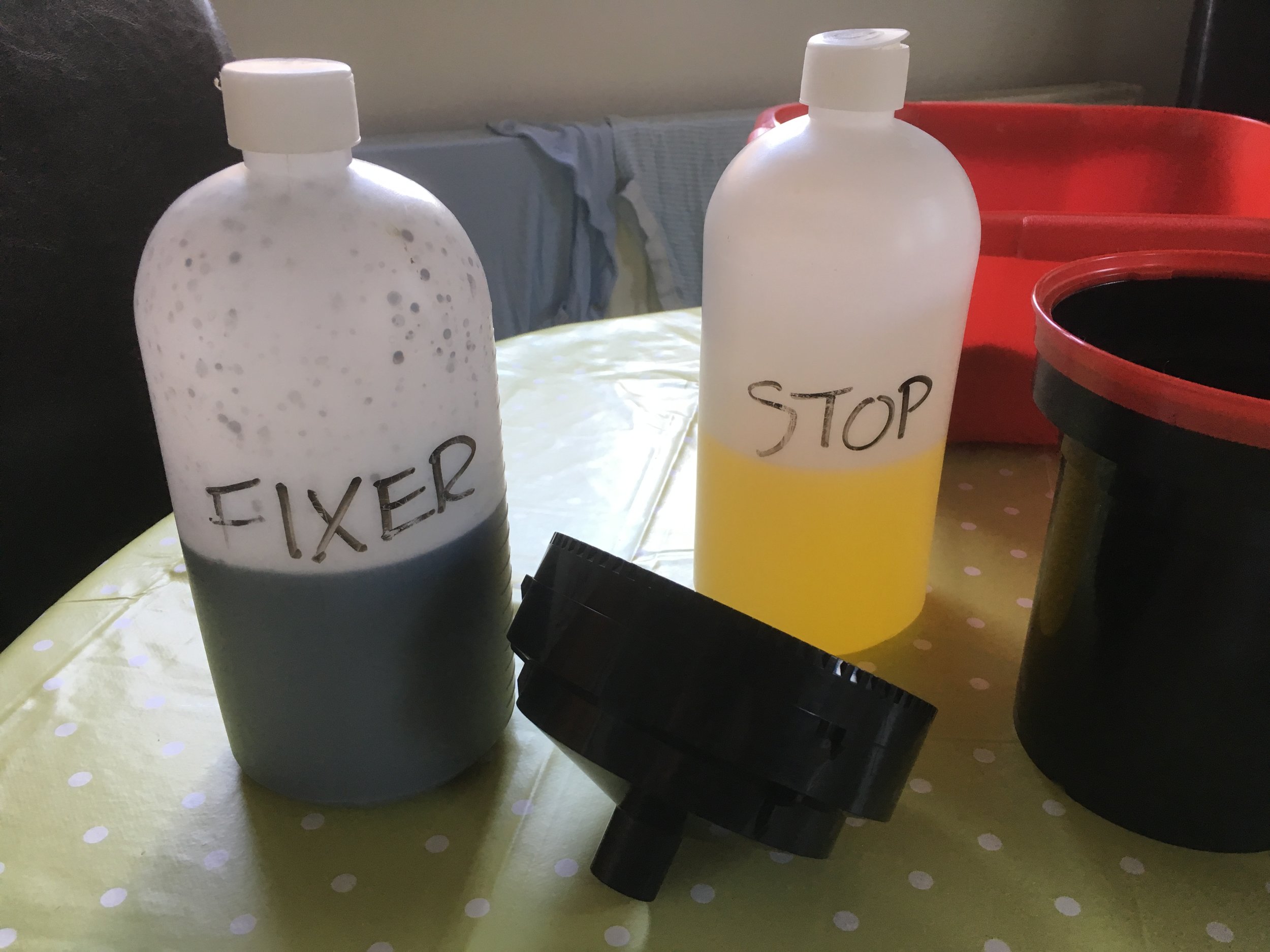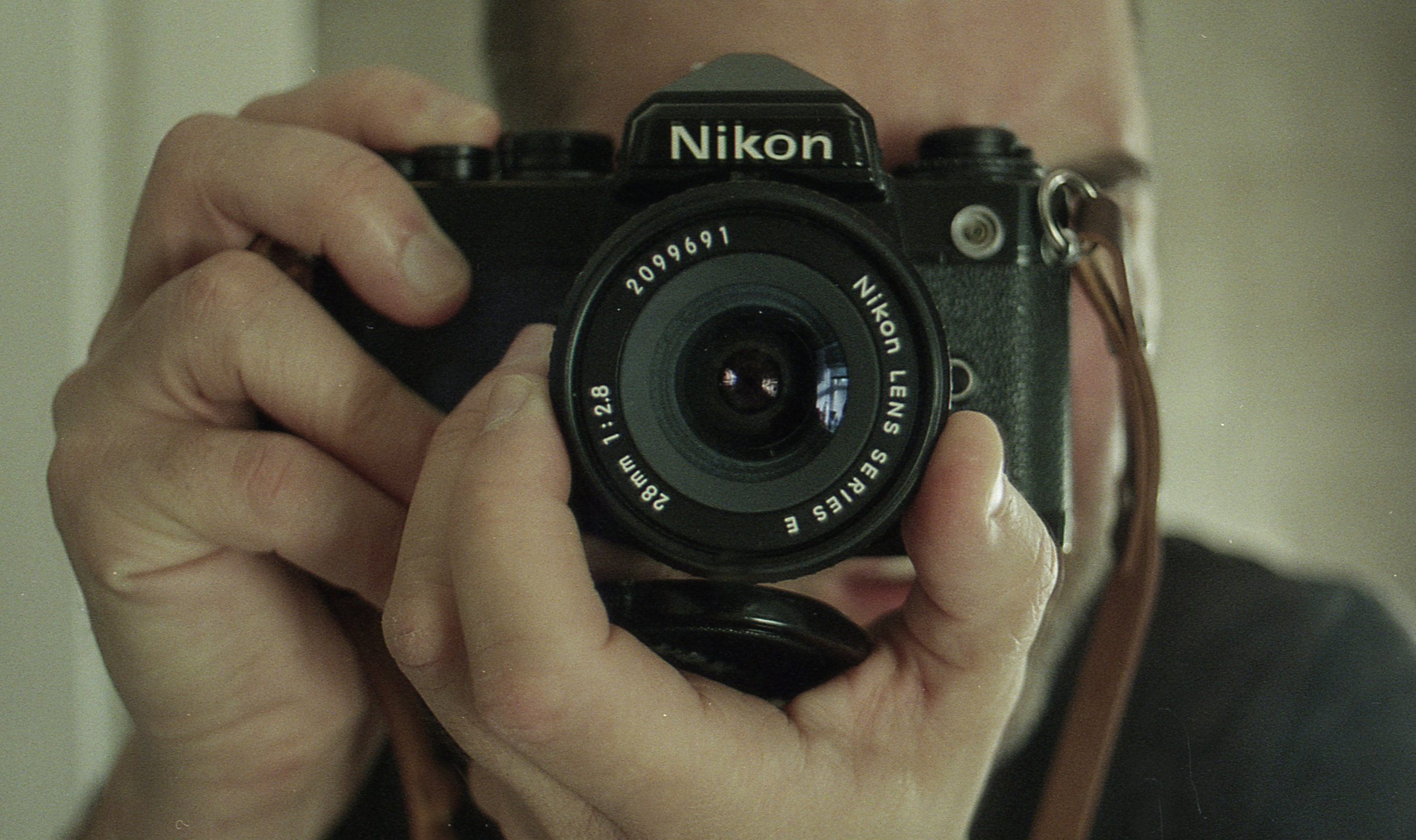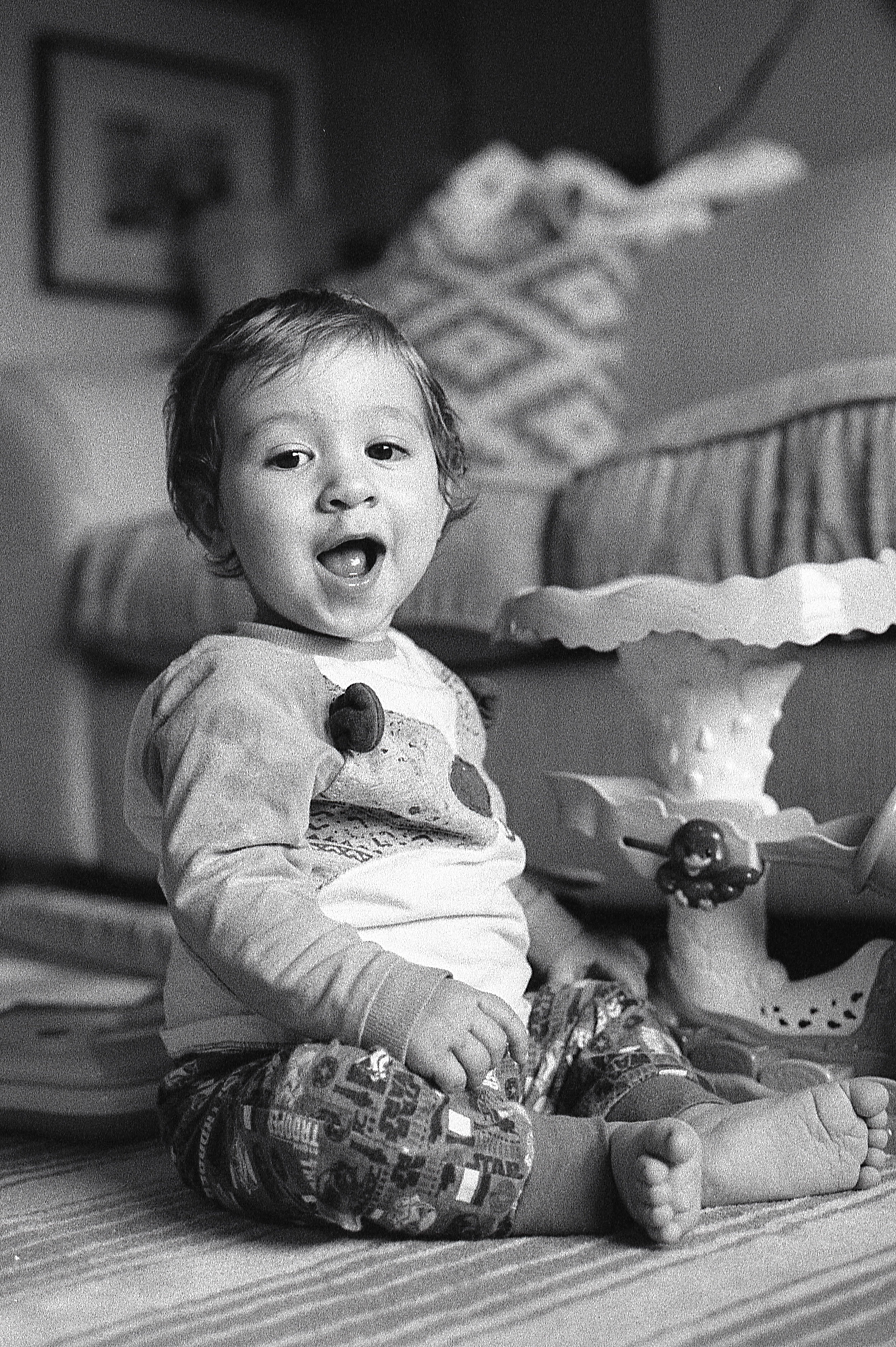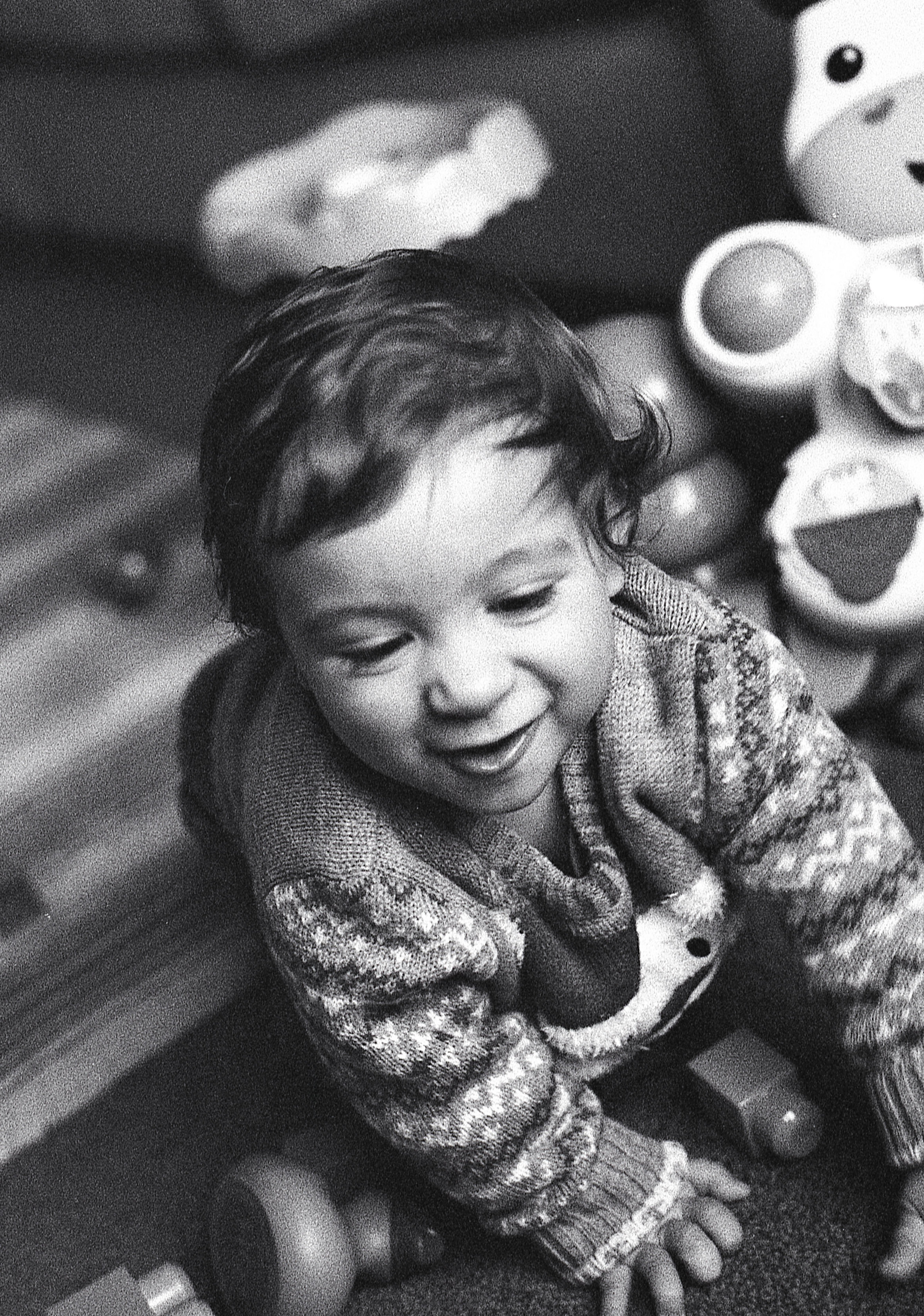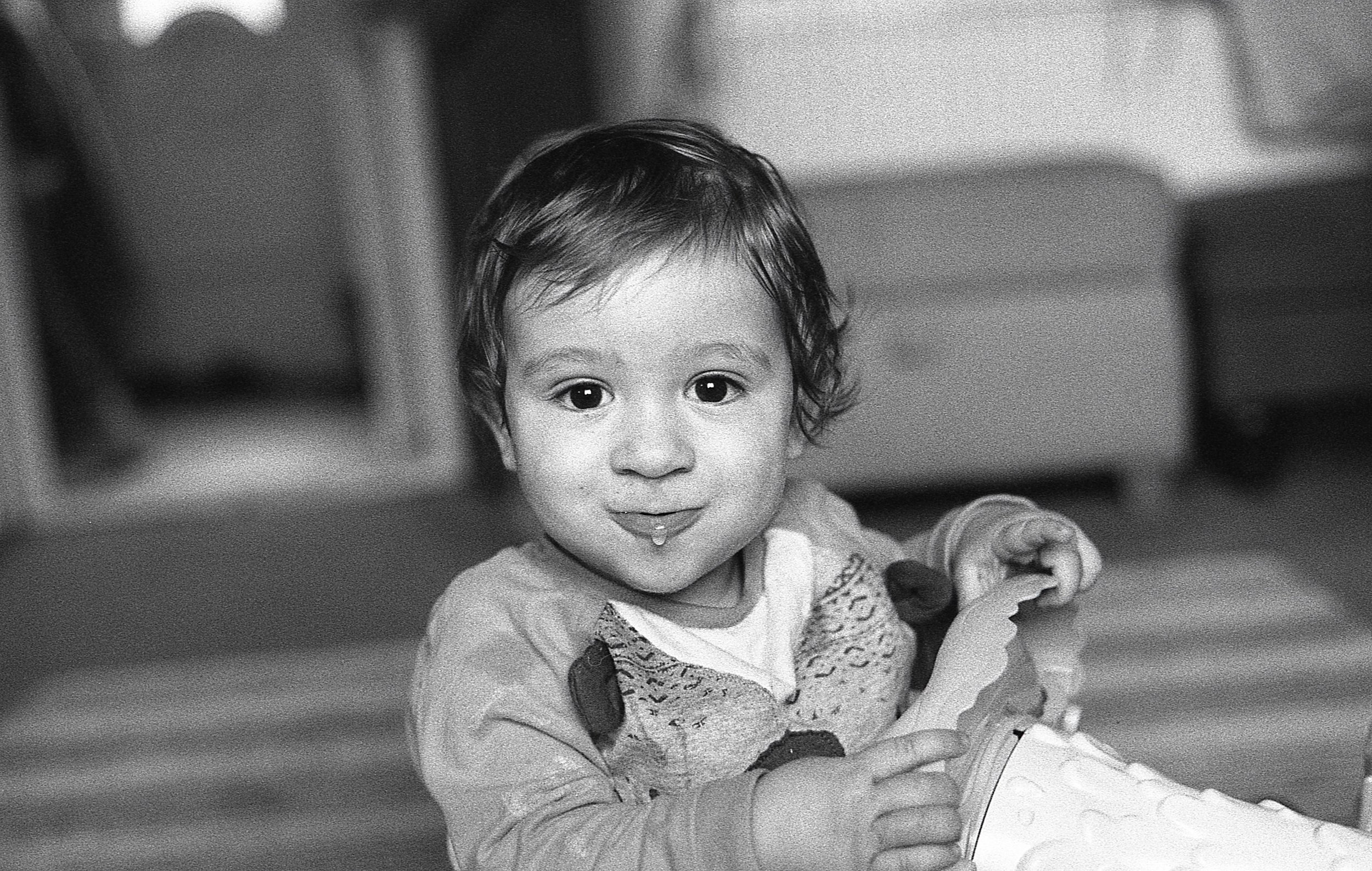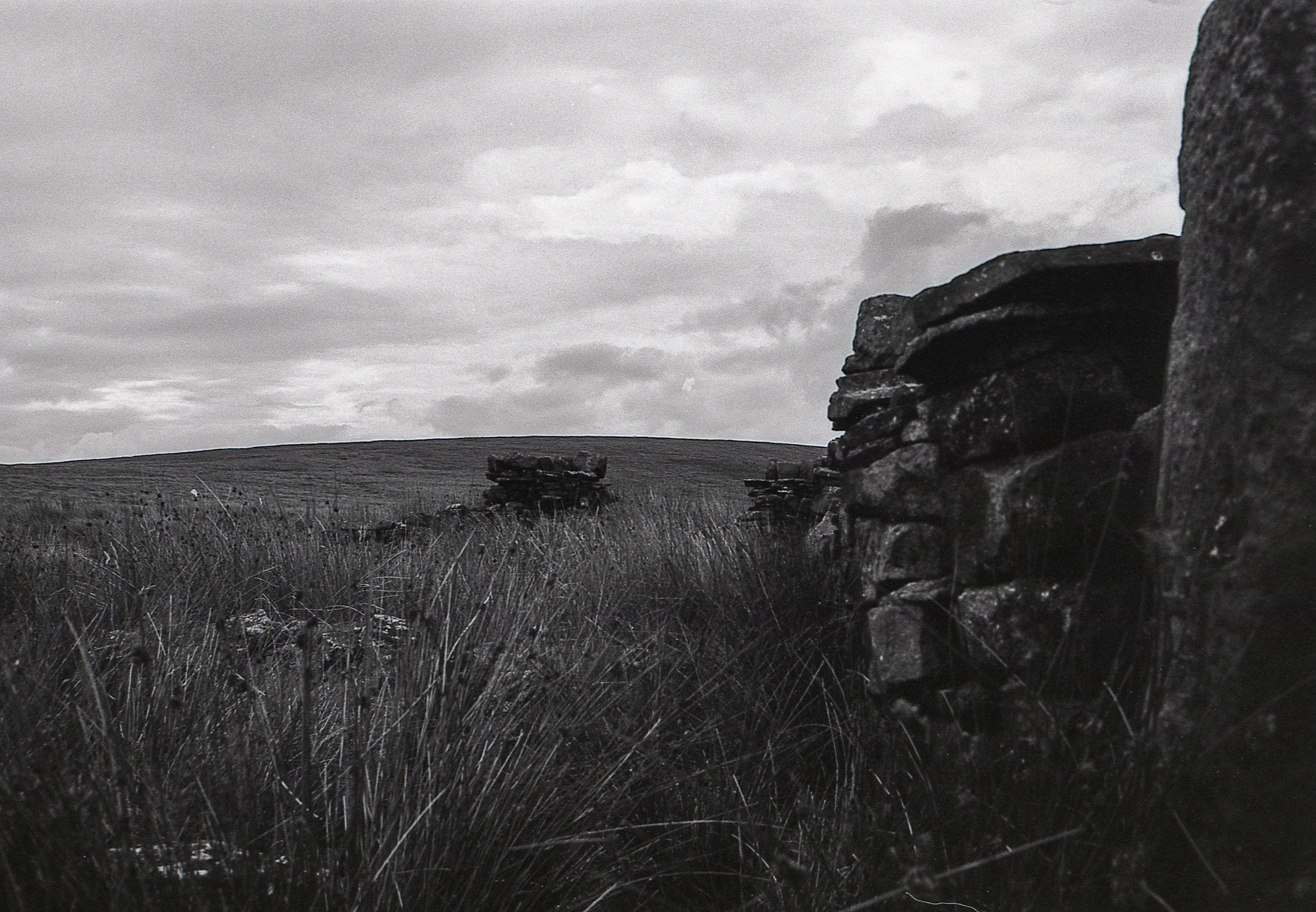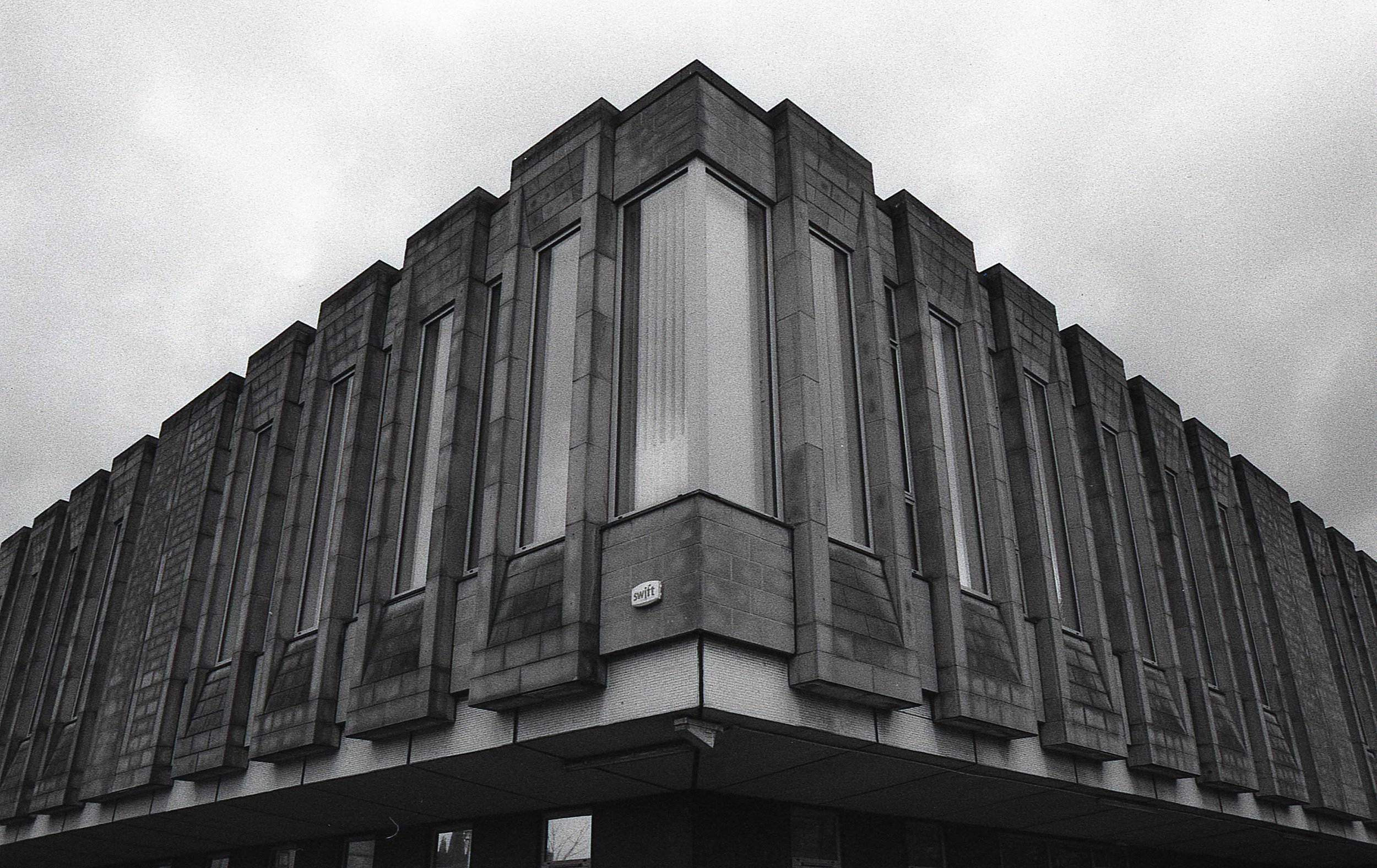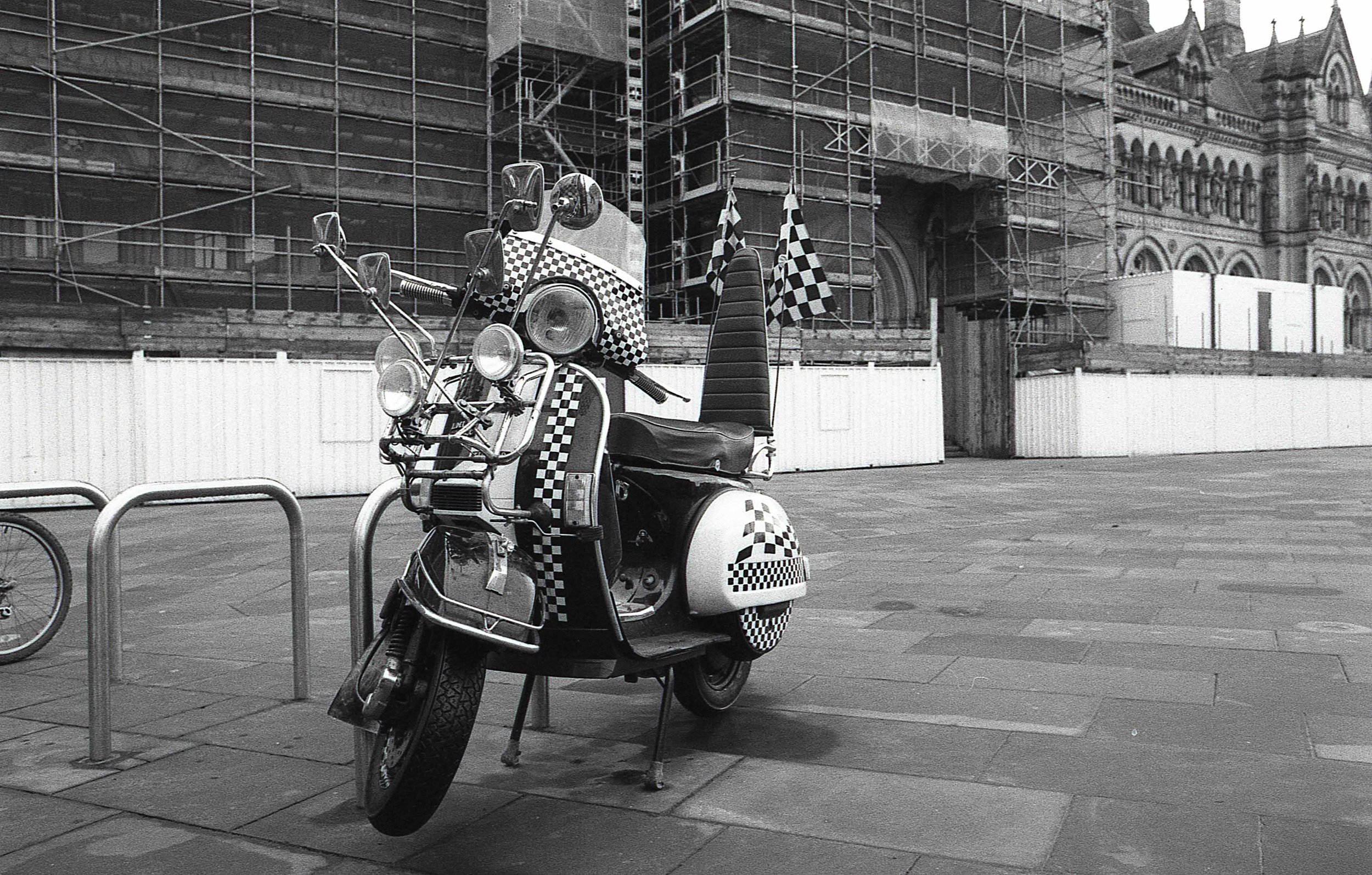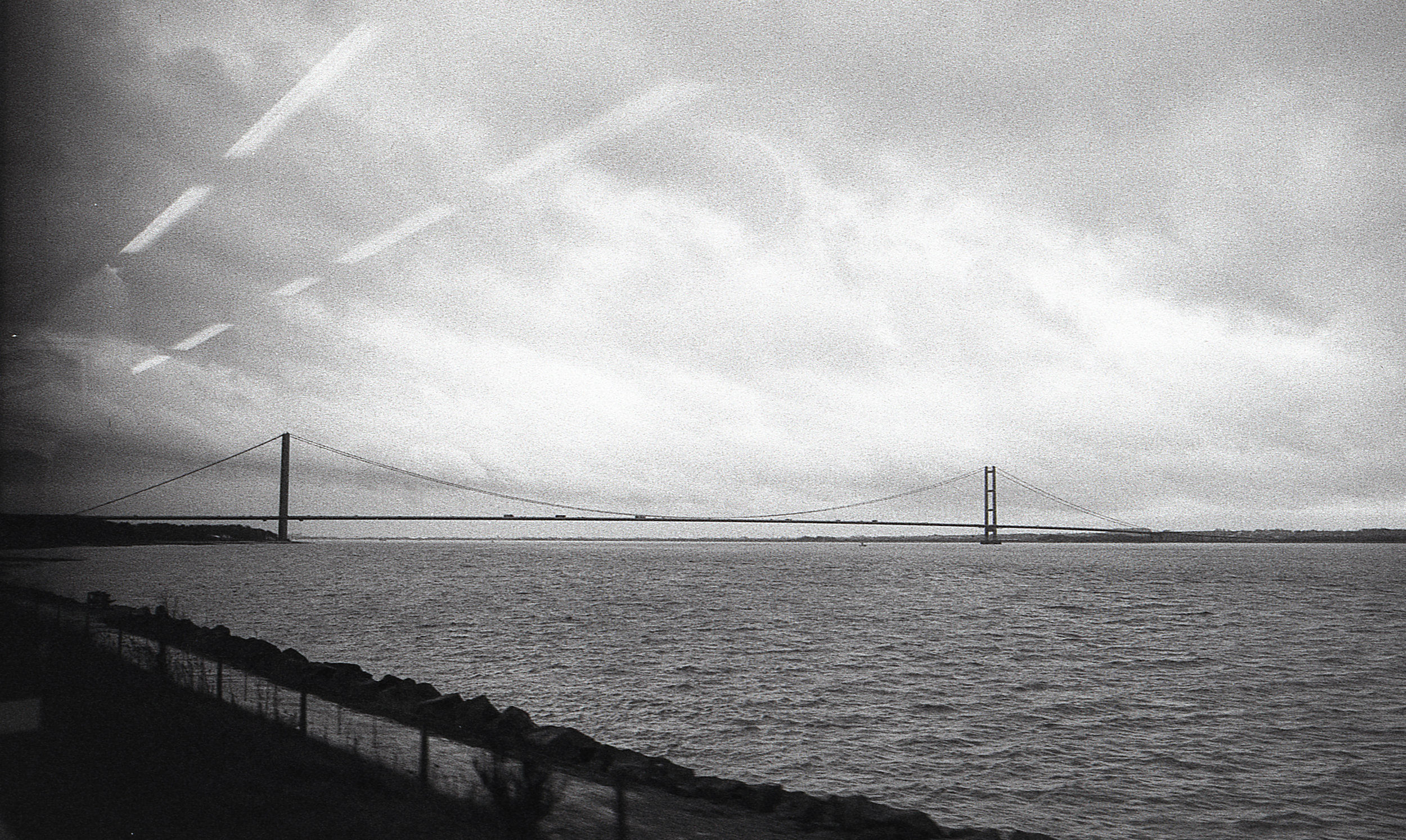I don’t know about you but I’ve found myself struggling for inspiration lately, not feeling motivated to get out and shoot - in part because I have been SUPER busy starting a new business AND a new job but also just generally not feeling ‘IT’. Have you been feeling that way too? I know many of my friends have - I mean look at the world around us right now, it’s been one heck of an 18 months hasn’t it? I’ve often found that inspiration/creativity/the muse has ebbed and flowed like the tide - one thing I’ve learned is that you have to work for inspiration. It’s no good sitting around waiting for creativity to strike KABOOM! It doesnt work that way - you have to change it up, try something new, or try something old, whatever… just try… to whit: this latest blog.
I have to thank my friend Sophie for giving me the much needed creative kick up the backside to just get out and shoot - and since I was feeling in a mood to change it up I decided to take a DIGITAL camera with me!! GASP! SHOCK! HORROR!! please keep reading though… don’t run away! :D I have in my posession a Nikon D700 camera which I’ve just bought for a commercial project and I figured what the heck - why not shoot some digital as a way of changing things up. It’s been a good few years now since I sold all digital gear and pledged allegiance to the gods of FILM but let’s not beat about the bush film is getting EXPENSIVE now especially in these uncertain times so expect to see some more digital offerings here…. but fear not I haven’t abandoned film all together! I shot a couple of rolls of medium format and they are off at the lab being developed as I type these words to you - I guess I’m saying I’m going back to shooting both digital and film.
Its not just economic reasons, I’ve kind of been feeling a little bit restricted by the self applied ‘I only shoot film’ and I want to make sure that I’m not missing out on something creatively by cutting myself off from digital photography - so it’s coming back into my practice. HOWEVER. There’s no denying that I do find digital images a bit too ‘clean’ if you know what I mean so I’m very interested in combining digital with vintage lenses to add some character - and this brings me FINALLY around to introduce todays offering: The Helios 40-2N. I’ve written about it before HERE sharing some shots from a film only portrait shoot.
It’s a tricky lens to handle because its quite heavy, it has a pre-set aperture control and being an f1.5 lens if you want to shoot wide open that is some thing DOF you are dealing with, also did I mention that it’s quite heavy….BUT I absolutely adore what this beast of a lens does with light…. it can be contrasty, super sharp and crispwith really punchy colours or if you shoot with a light source in your frame suddenly you get blurry, glowy, dreamy low contrast images instead.
The Helios 40-2N is an old Soviet design which is often only talked about for one thing: Swirly Bokeh and it sure does do that but I think this lens has much more to offer the thoughtful photographer than swirly bokeh - it is definitely NOT a one trick pony! Its manual focus of course despite being a native F Mount lens and this definitely suits me anyway, I can’t shake the feeling that AF is just cheating :D nothing slows you down more than trying to manually focus a lens at f1.5!
I am hugely grateful to Sophie for a lovely portrait shoot and for giving me the opportunity to get creative again! Anyway enough ramble from me - suffice it to say that I am really enjoying shooting a mix of film and digital and I guess that’s all that matters right?




















































